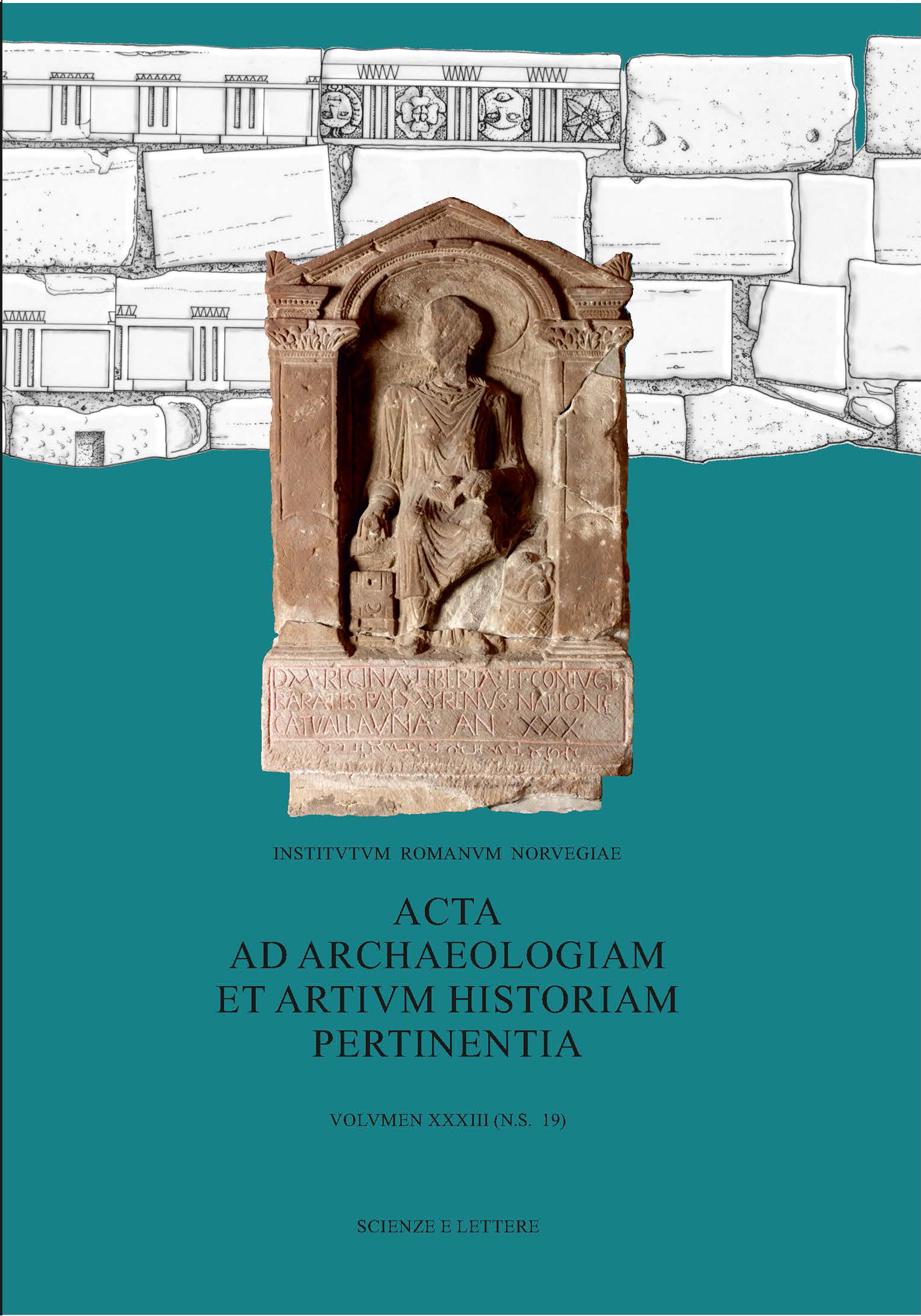Baldock torcs: penannular neck rings from south-eastern Roman Britain and their significance for the development of provincial identities
DOI:
https://doi.org/10.5617/acta.10449Keywords:
adornment, jewellery, Roman Britain, Baldock torcs, identity, social identity, provincial identityAbstract
This study defines and characterises the ‘Baldock’ group of copper-alloy penannular torcs, which were worn in south-eastern Britain during the 1st century AD. Torcs had an important local pre-Roman pedigree, but this new regional style of dress seems to have emerged around the time of the Claudian invasion and was worn in the heart of the new Roman province of Britannia. The significance of these torcs is explored, focusing on the new social contexts in which they circulated, their connections to new kinds of provincial identities, and the ways in which torcs were reimagined and transformed within Romano-British society.
On cover:
Late Roman wall, the portion immediately south of the West Gate (Porta Oea) with re-used blocks from first-century mausolea (Drawing by Francesca Bigi) and Tombstone of Regina from South Shields (Arbeia) (Tyne and WearArchives and Museums/ Bridgeman Images).
E-ISSN (online version) 2611-3686
ISSN (print version) 0065-0900
Downloads
Published
How to Cite
Issue
Section
License
Copyright (c) 2023 This work is licensed under a Creative Commons Attribution-NonCommercial 4.0 International License.

This work is licensed under a Creative Commons Attribution-NonCommercial 4.0 International License.

This work is licensed under a Creative Commons Attribution-NonCommercial 4.0 International License.
Authors who publish with this journal agree to the following terms:
- Authors retain copyright and grant the journal right of first publication with the work simultaneously licensed under a Creative Commons Attribution License that allows others to share the work with an acknowledgment of the work's authorship and initial publication in this journal.
- Authors are able to enter into separate, additional contractual arrangements for the non-exclusive distribution of the journal's published version of the work (e.g., post it to an institutional repository or publish it in a book), with an acknowledgement of its initial publication in this journal.
- Authors are permitted and encouraged to post their work online (e.g., in institutional repositories or on their website) prior to and during the submission process, as it can lead to productive exchanges, as well as earlier and greater citation of published work (See The Effect of Open Access).





